One day I’m sure I’ll attempt a proper BIG upholstery project.
Ya know…an armchair, a settee, a sofa. I mean, really, with a piece of cheap second-hand furniture and some bargain fabric there’s really not too much to lose (possibly bar my sanity) though for now I find the idea kinda definitely daunting.
Proper BIG upholstery projects require certain traits and skills; patience, sewing, the proficient use of scissors and possibly even some mathematics (gulp – none of my strong suits).
So, whilst one day I’m sure I’ll attempt a proper BIG upholstery project, for now I’m happy sticking with the smaller, non-nervous break-down inducing variety…ottomans, benches, bed heads and dining chairs.
Over the past few years I’ve refurbished a small wedding party’s worth of dining chairs, most of them with drop-in seats, and whilst they can be a little fiddly they are by far one of the least complicated of all upholstery jobs – relatively fast, easy and budget-friendly, plus the results are always rewarding.
This tutorial details how to upholster a drop-in seat from scratch however if your seat base is still in good nic, you may simply need to recover one instead. If so, just follow my instructions beginning at step 7.
SUPPLIES…
1 Chair with a drop-in seat.
Now, I don’t want to insult anyone’s intelligence, though just in case someone is unsure, a drop-in seat (also sometimes referred to as a slip seat or loose seat) is a fully insertable and removable seat frame which rests within (or is sometimes screwed into) a chair’s frame.
For this tutorial I used the style of chair I always thought was just a fantasy for me – a gorgeous faux bamboo Chippendale armchair (more details on my chair to follow in an upcoming post!).
2 Jute webbing (or similar).
I used 5cm (2″) wide webbing.
3 Small upholstery tacks.
I used 1cm (3/8″) long tacks.
4 Hessian (burlap) fabric.
5 Foam.
Use something relatively thick and reasonably dense.
I used 6cm (2″) thick high density foam.
6 Wadding (batting/dacron).
7 Cover fabric.
Of course, you can choose the best upholstery fabric for your particular project. The beauty of a drop-in seat is that it can be easily removed and re-covered, which is awesome if you ever want a fast, fresh change (or if one day your husband decides to spill an entire glass of green cordial on it!). So, there’s no real need to agonise over your initial fabric choice. Thicker, fibrous fabrics with some stretch are easier to work with and more forgiving in terms of appearance though due to their bulk they can sometime be a little tricky to corner neatly.
I wanted a simple, natural look so I used a piece of inexpensive drop cloth.
8 Calico (muslin).
EQUIPMENT…
1 Scissors.
2 Tack hammer.
You can use an ordinary hammer. A tack hammer just makes things a little easier.
3 Web strainer/stretcher (optional).
You can use your strength alone in lieu of a stretching tool though in my experience the webbing won’t be quite as taut (and you will most probably have sore hands and arms the next day!).
4 Staple gun.
5 Electric knife (optional).
You don’t have to have an electric knife though I’ve found it is by far the easiest way to cut foam.
PROCESS…
STEP 1 Remove your seat frame from the chair and, if necessary, completely strip any existing upholstery then place the seat frame right side up on a sturdy work surface.
STEP 2 Cut strips of jute webbing which are approximately 20cm (8″) longer than the widest part of your seat frame. The number of strips required will depend on the size of your frame. To determine how many strips of webbing you need it’s best to lay the strips over the frame in approximate position to gauge their coverage and placement. I used seven strips to cover mine (three horizontally, four vertically).
STEP 3 Take your first strip and position it with just the end on the seat frame and the excess to the side then hammer in three tacks (as shown). Fold the strip back over itself and secure it with a further three tacks (as shown).
STEP 4 Butt your strainer up against the adjacent side of the frame parallel with the tacked on strip, pull the strip across the frame and ‘fork’ it with the strainer prongs (as shown) then lever the strainer down, stretching the webbing so it is straight and very taut (as shown). It may take a few goes to get the webbing ‘forked’ at the right length so when you lever it down it’s not too tight or too loose. If you don’t have a web strainer you can simply pull the strip as hard as you can with your bare hands though in my experience the resulting webbing will not be as taut.
STEP 5 With the strainer still in place, hammer three tacks into the stretched webbing (as shown) then release the strainer, ‘unfork’ the webbing, and fold the strip back over itself and secure it with a further three tacks (as shown). Trim off any excess webbing.
STEP 6 Repeat with your remaining strips until you have covered your entire seat frame (as shown).
STEP 7 Cut a piece of hessian (burlap) slightly larger than your seat, fold the raw edges under then staple it to the top of your frame (over the webbing).
STEP 8 Cut your foam so it is slightly larger than your chair frame (to do this, place the seat frame on top of the foam, trace an outline around it then cut it with an electric knife). Cut your wadding (batting/dacron) so it is just large enough to cover the foam then trim the corners off (too much wadding can result in the sides of your seat being overly bulky which may prevent it from fitting neatly back inside your chair frame so do take care to ensure any excess wadding is removed). Cut your cover fabric so it is large enough to be easily wrapped all the way around the frame.
STEP 9 Iron any creases from your cover fabric then stack your layers on a flat, solid surface, right side down (as shown).
STEP 10 Beginning at the top, wrap some fabric around the frame and secure it in the centre with a staple. Do the same with the bottom, pulling the fabric reasonably tightly so it is straight and taut. Finish by stapling the sides (so you have four staples in place – as shown).
STEP 11 Beginning with the top again, stretch some fabric evenly down and towards one corner (I find it works best to pull a large amount of fabric at once by gripping it between your palm and fingers rather than simply pinching a small amount between two fingers alone), then working from the centre out (in the direction of the corner you are pulling the fabric towards), staple it in place. Stop stapling around 10cm (3″) from the corner then repeat with the other side of the top until your fabric is secured across the entire width of the top (excepting the corners as mentioned). Continue with the bottom, then each side, until the fabric is attached to your whole frame (again, corners excepted). You may find you need to remove and reattach staples from time to time if your fabric appears too tight, loose or rippled. Occasionally look at the top side of your seat to ensure everything is neat, straight and firm. You may also need to thin some areas of wadding if it seems too thick.
STEP 12 The corners. Basically, there are three common corner finishes. Determining which one is right for your project will depend on a few factors (fabric weight, seat height, frame shape) along with your preference in terms of appearance.
I created a mock seat (with a foam off-cut and old chopping board!) to help demonstrate the pleated techniques as clearly as possible…
This technique creates a smooth, rounded corner with two visible side pleats. It’s perhaps the most common corner finish amongst DIY’ers.
1 This photo shows the excess fabric at the corner. I don’t mind working with a reasonably substantial amount though you can trim some off if you think you have too much.
2 Pull the fabric from the centre of the corner diagonally across the seat base then staple it in place.
3 Fold in both sides of the remaining fabric to create two even pleats. Sometimes I like to use a blunt butterknife to push and smooth any loose or rippled fabric into the pleats.
4 Holding the pleats in position, staple them in place.
5 Trim off the excess fabric.
6 Inspect the top of your seat. Attach additional staples if any areas require tautening. You should have a nice, tidy visible butterfly pleat.
This technique creates a neat, angular corner with one visible box-like pleat. It’s my preferred corner finish and the one I used for this project.
1 This photo shows the excess fabric at the corner. I don’t mind working with a reasonably substantial amount though you can trim some off if you think you have too much.
2 Flatten out one side of the fabric, then, in line with the seat frame, tuck under enough of the excess to create a neat, straight pleat on the seat’s base. Staple it in place.
3 Fold up the remaining fabric from the other side of the corner, again tucking under enough of the excess to keep it in line with the seat edge to create a neat, straight pleat on the seat’s side. Staple it in place. Sometimes I like to use a blunt butterknife to push and smooth any loose or rippled fabric into the pleats.
4 Inspect the top of your seat. Attach additional staples if any areas require tautening then trim off the excess fabric as required. You should have a nice, tidy visible tailored pleat.
This technique creates a flat, rounded corner with no (or very minimal) visible pleats. Whether or not you are able to achieve this type of finish will depend on the height of your seat (padding) and the amount of excess fabric you have at the corners. Some upholsterers consider this the ‘proper’ way to finish corners though I reckon whatever looks good is proper enough. To achieve pleat-free corners, whilst stapling the fabric to the frame, you need to stretch it as tightly as possible towards the corners. This results in less visible excess fabric at the corners which helps eliminate the need for gathering.
Note: Corners can be tricky little munchkins. In my experience, unless you’re pretty much a practised professional upholsterer, there’s no fail-proof process – they all seem to be a little different and just take patience and persistence. Some people might say I’m a tad fussy though each corner usually takes me a few minutes of confused fiddling to get ‘just right’. So take your time and try not to swear (or do swear if there are no little kids around and it will make you feel better :-) And remember, the entire base of the seat will be hidden from view along with part of the lower outer edge (which will be concealed by the cavity lip once it’s in the chair frame) so although you do want as neat a finish as possible some minor gathers towards the bottom of the seat are no real biggie (besides, have you ever looked at the base of a professionally upholstered chair? Chances are it wasn’t perfect).
STEP 13 Trim off any excess fabric then cut a piece of calico (muslin) so it is slightly larger than your frame, fold the raw edges under and affix it to the bottom of your seat with staples. This acts as a dust cover and provides a nice, neat finish.
STEP 14 Done! Insert your complete seat frame inside your chair then plant your caboose upon it!
A few things to note…
:: This tutorial details how to upholster a drop-in seat from scratch however if your seat base is still in good nic, you may simply need to recover it instead. If so, just follow my instructions beginning at step 7.
:: Some drop-in seats use a solid panel of ply (or similar) in lieu of webbing. This is fine though I find it’s not quite as cushy.
:: Before inserting your seat back inside your chair you may want to scotch guard the fabric first to help repel future stains.
:: If your seat is designed to be screwed into your chair take care during the upholstery process to keep the screw holes clear of fabric, tacks and staples – lord knows, I learned this one the hard way!
PS I don’t mean to be stingy by not showing the finished chair in its entirety. My intention is to write a dedicated post about the chair makeover as a whole which I’ll try and publish some time next week…oh, and a tutorial for the simple faux grain-sack pillow you can glimpse in the photos too :-)

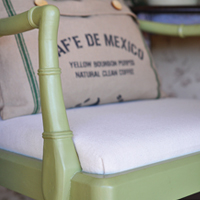
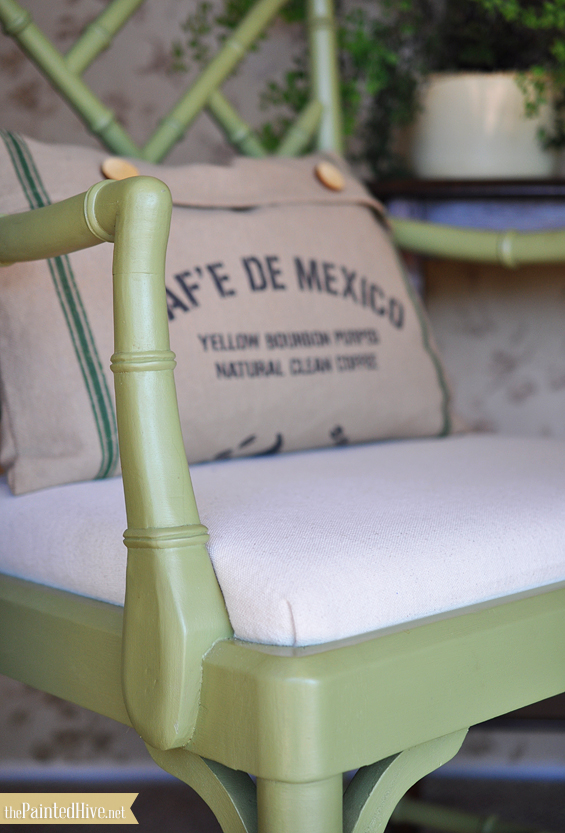

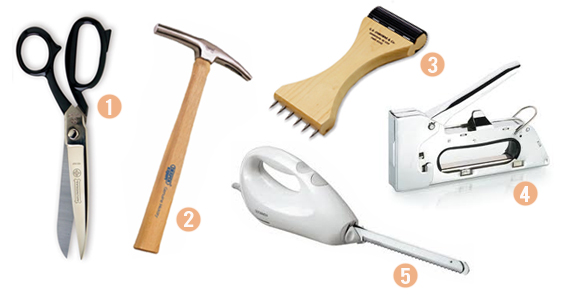

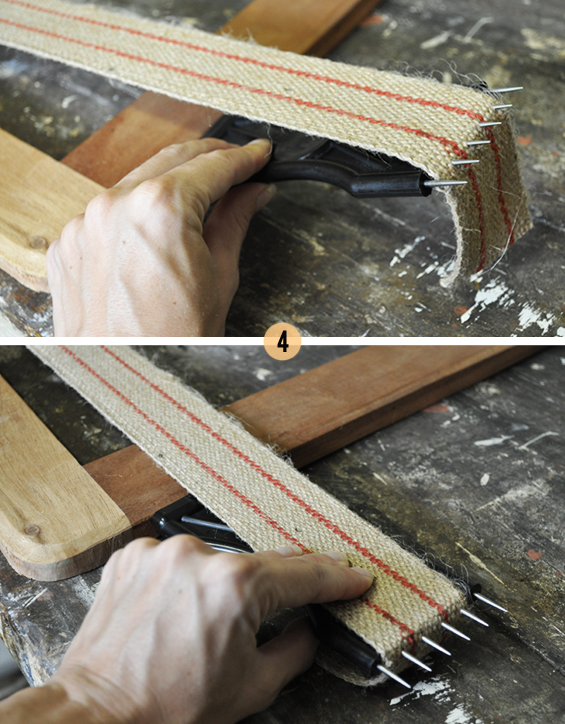
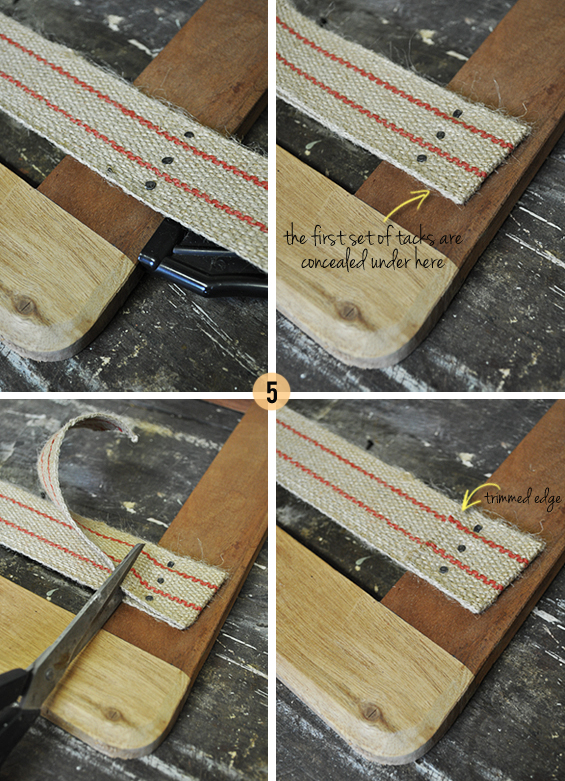
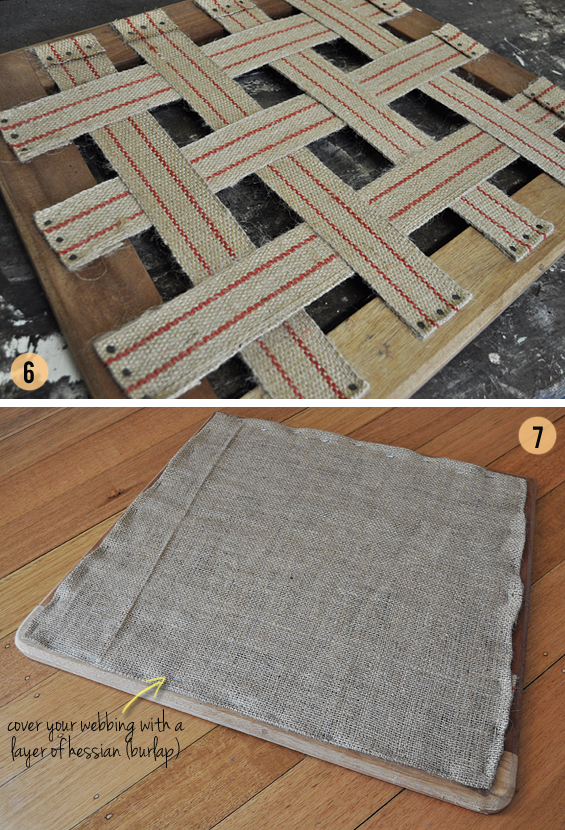
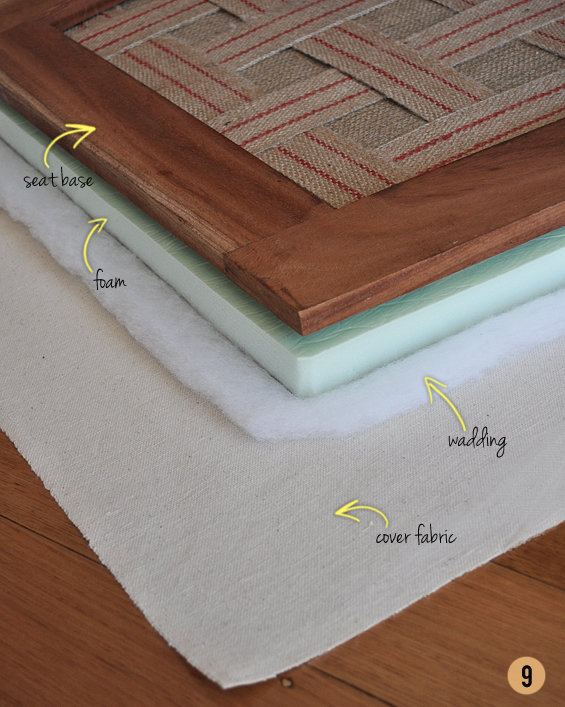
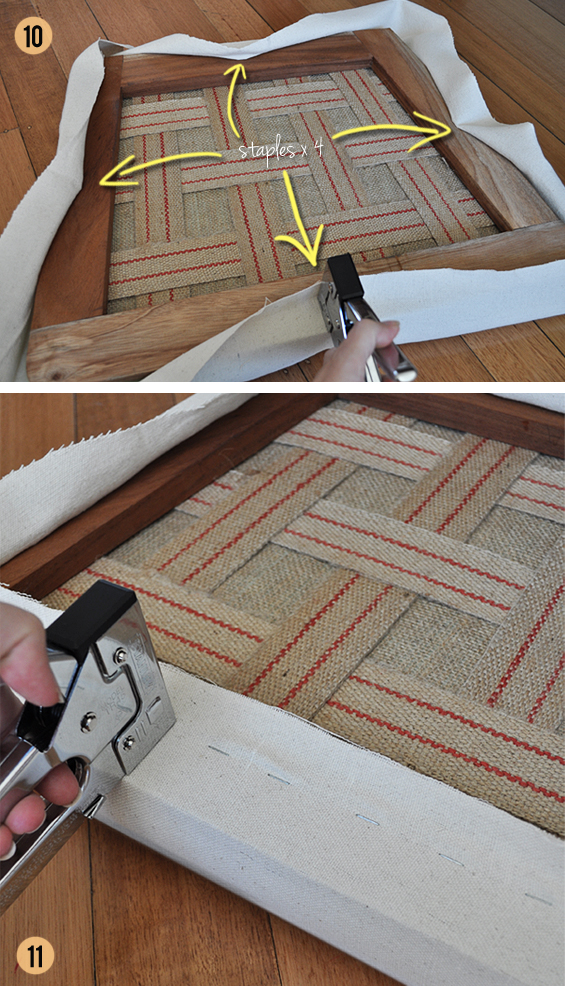
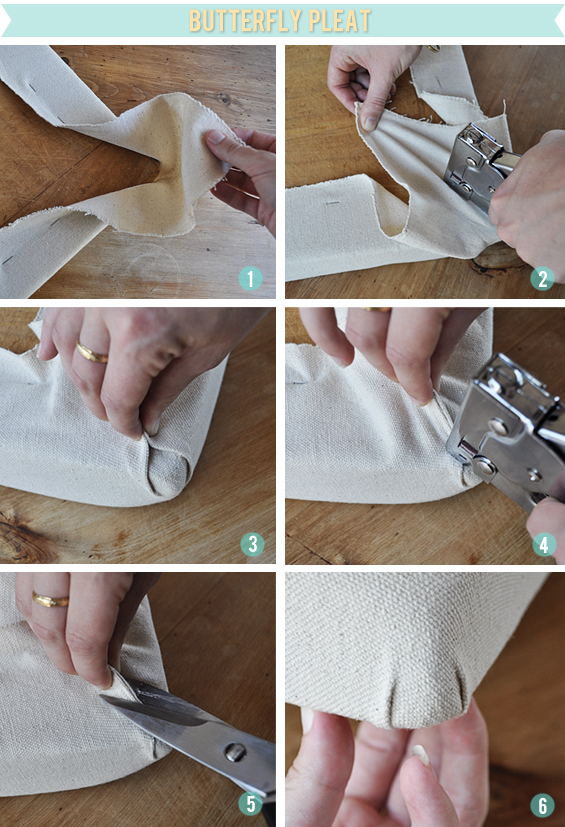
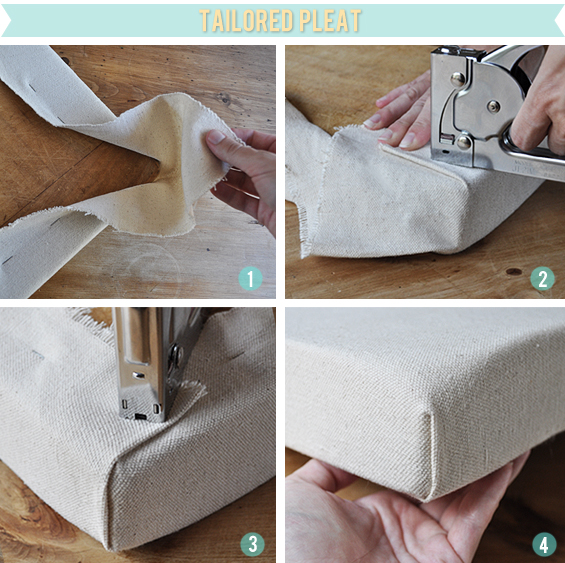
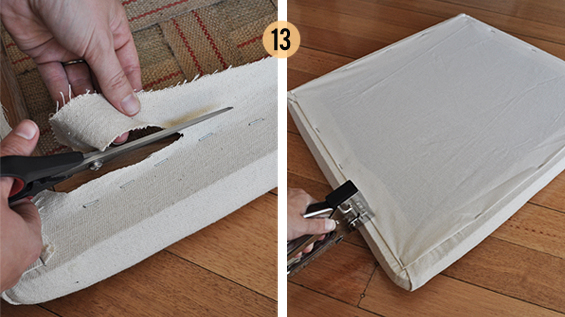
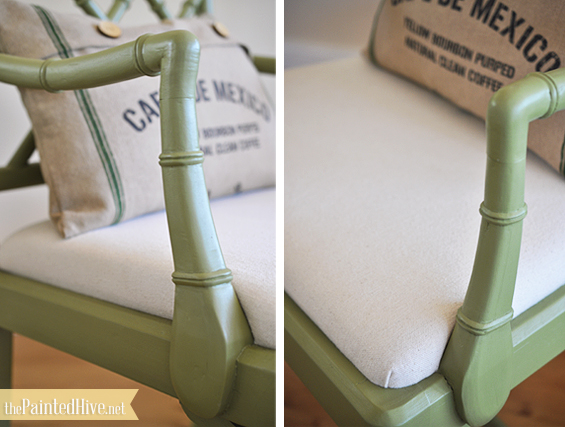

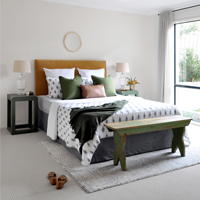

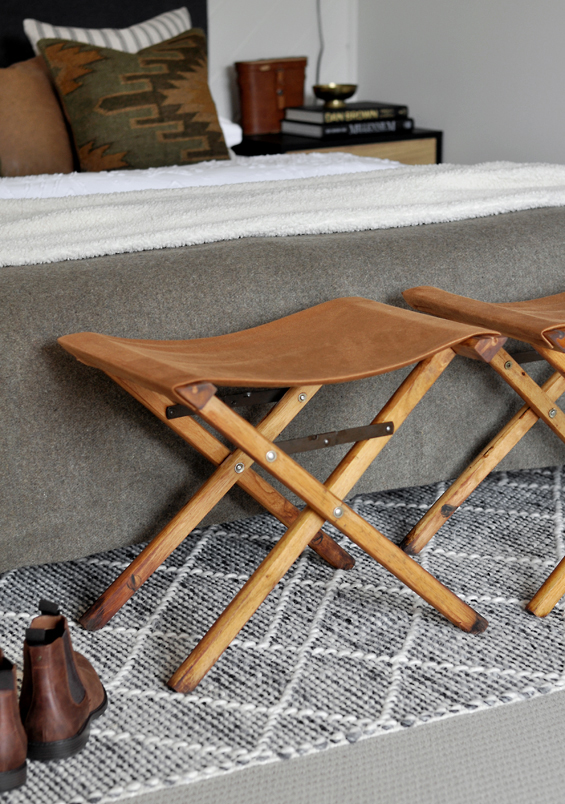
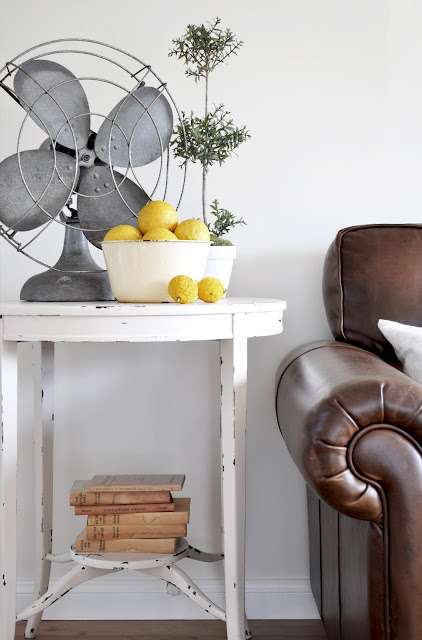


Great Tutorial! Love the pics
Thanks Alisa :)
Awesome!
Where about do you live – I need 2 French armchairs upholstered?
Do you think a beginner could really do this? I haven’t done much craft before but I would love to give it a go.
Totally! Such an easy project to have a go at :)
Excelente tutorial, buenísimo. Yo lo voy a utilizar mas adelante en unos sillones antiguos que ahorita tienen resortes y están bastantes mal, tengo que lijarlos y luego tapizarlos, pero, quiero quitarles los resortes y ponerle estos cinchos y esponja y luego tapizarlos, nunca lo he hecho, voy a ver como me quedan. Cuando lo haga le enviare fotos de como eran y como me quedan, espero que no sean un desastre.
Saludos desde Guatelinda.
Thanks for your comment. Hopefully it works out well for you. Good luck!
Best
Kristine
Thank you so much for such great information!! Trying in the next few days, my first chair! Aaaahhh!!!
Check Latest Greece Powerball Results today. Don’t, miss updates of Greece Power Ball (Joker) Results in 2022. View if you are a winner tonight.
UK49s today teatime results in 2022. Latest 49s lunchtime and UK teatime results, previous UK49 results and UK 49s teatime result for South Africa.
Russia Gosloto Results were announced by the Russia-based Stoloto, a Gosloto company best known for Russia Gosloto Morning Results 6/45.
Really helpful! Thanks so much!
Hubby and I are redoing a set of 4 rectangular kitchen stools. I have boldly used an embroidery sewing machine to add one-color wildflowers into the center of measured pieces of knapped upholstery, a follow-up of a previous project to do the same for dining room chairs, which were in a thinner upholstery fabric. We’ve been stymied as to how to gracefully reduce the bulk at the corners. Your 1-pleat technique is great!